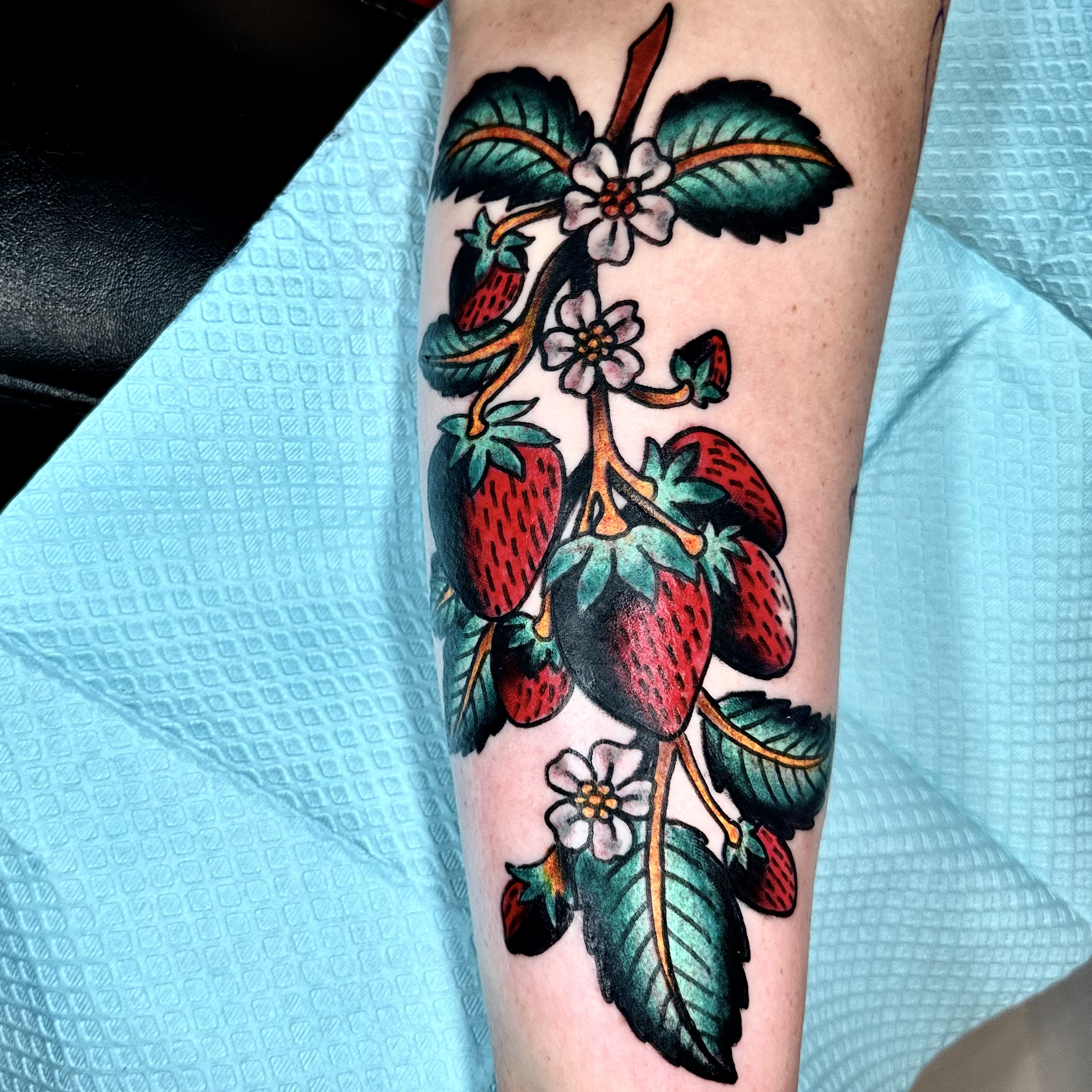For over 5,000 years, humans around the globe have used tattoos as a form of self-expression. And though tattoo equipment and safety standards have changed a lot since the first tattoo, the reasons people continue to get them really haven’t.
If you’re a tattoo-lover like us, you may be curious about the ancient art of tattooing and how much it differs from today. So, we put together a brief history detailing the contrast between outdated and modern-day tattooing practices.
Ancient (and Slightly Frightening) Tattoo Equipment
In ancient Samoa, minimal tattoo designs were created on the skin using a thick needle and wooden mallet. They would tap the needle into the skin repeatedly until the design was deep enough for the pigment to stay in the skin’s lower layers after it healed. After the “drawing” process, the pigments — made from soot — were rubbed into the open wound.
In ancient Egypt, they pressed bronze tools with wide points deep into the skin, and in pre-Columbian South America, it was common to use sharp sticks. Both created their pigments from plants, soot, and other natural materials available in their environment.
Tattoo removal was also impossible. So, if you really wanted your blurry, misshapen tattoo removed in 500 BC, you were out of luck. Unless you took the chance of removing it yourself in ways we probably shouldn’t discuss in this blog.
Okay, so maybe the word ‘equipment’ is too generous when describing some of the tools they used near the beginning of time. But over the next couple thousand years, tattoo artists’ tools drastically improved for tattoo lovers — and haters.
Modern-Day Tattoo Equipment — No Mallet Required
Today, artists use automatic tattoo machines with small, fine needles that move extremely fast, minimizing pain and skin damage. These tiny needles’ accuracy and continuous in-and-out motion allow for a deeper, more concentrated color and improve the ink’s look and contrast against your skin.
With a more precise tool, modern-day tattoo artists can draw clean lines and detailed works of art that come in nearly any style — from watercolor landscapes to bold, American Traditional pin-ups.
Tattoo artists also use specialized, skin-safe inks now. These inks are designed to be in contact with your skin and permeate deep into its layers to stay there forever. Unless, of course, you decide to go the laser tattoo removal route.
Tattoo Safety Standards Before There Were Safety Standards
Now the only thing that might be more frightening than the tattoo equipment they used in ancient times was their aftercare and sanitation process — or lack thereof.
Picture this: it’s 830 BCE, and you’re sitting with your pals around a fire. You’re eating something you grew yourselves when one of your friends says they want a tattoo. So what do you do? Get a sharpened stick and some soot, create a basic design by poking or drawing deep into their skin with the stick, then rub some soot in it.
Sounds sanitary, right? In ancient times, they didn’t know how to prevent infection, and sterilizing tools wasn’t common practice. As a result, some horrible complications likely stemmed from untreated, infected tattoos — like staph infections, septic shock, and toxic shock syndrome.
Tattoo aftercare didn’t exist, either. People in ancient cultures cared for them as best they could, using water and homemade salves. But with no bandages, no Optiscrub, and no ointment, we can assume there were some complications.
It’s safe to say that (most) tattoo artists’ sanitation standards have vastly improved since ancient times.
Tattoo Safety Standards After Someone Discovered the Magic of Science
Thankfully, we now know what it takes to have a clean, healthy tattoo that heals beautifully. But it’s important to remember that tattoo aftercare is just as important as the application.
Sanitized tools and workspaces are commonplace, and we recommend washing your tattoo with antibacterial soap — our favorite is Optiscrub — to prevent any infection that could cause long-term damage.
After washing, apply a small dab of organic, petroleum-free, vegan ointment or moisturizers like cocoa butter, coconut oil, or shea butter. Make sure it’s a thin layer, and only put on enough to fully rub into the skin.
More is not always better!
If you want your tattoo to look bright and bold for years to come, check out our complete Tattoo Aftercare guide on our blog!
Honoring Tattoo Tradition, Embracing Modern Aftercare
Lamar Street Tattoo Club and our elite tattoo artists in Dallas will help you find the best artist for your tattoo, whether you’re looking for something old-school or new-school. If you’re interested in working with the top tattoo artists at the top tattoo shop in Dallas, send us a submission form! Along with a high-quality tattoo, you’ll receive the highest level of tattoo aftercare when you choose Lamar Street Tattoo Club. Contact us, and we’ll get back to you with a consultation, appointment time, and tattoo artist recommendation!
Walk-ins Always Welcome, Appointments Preferred.


